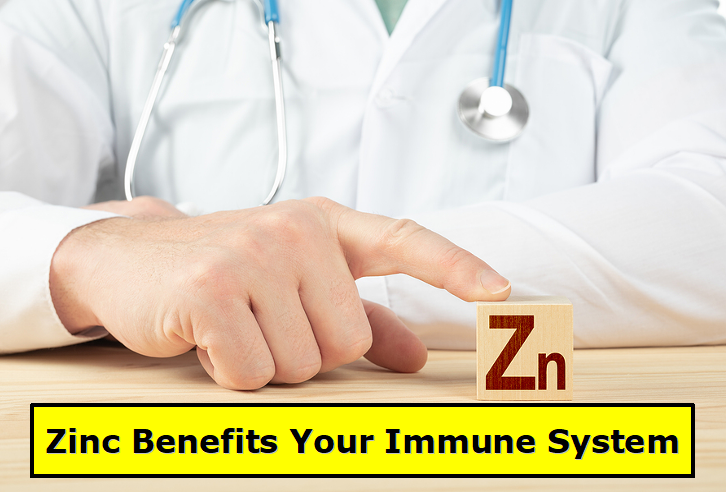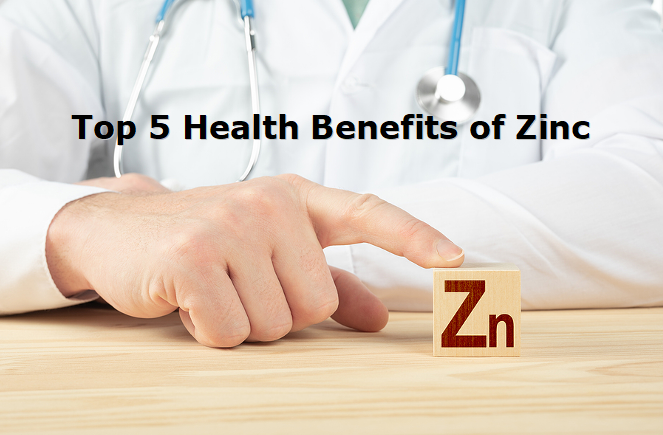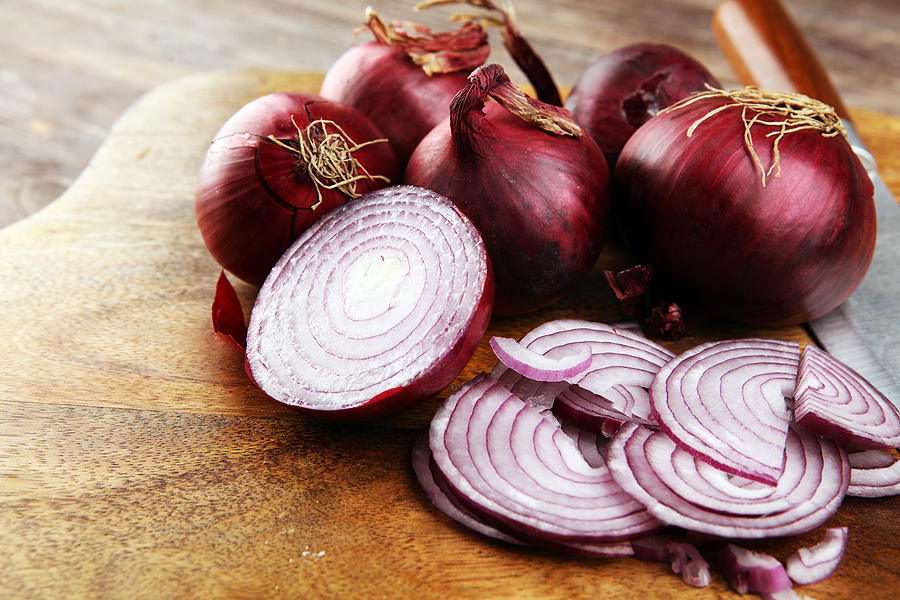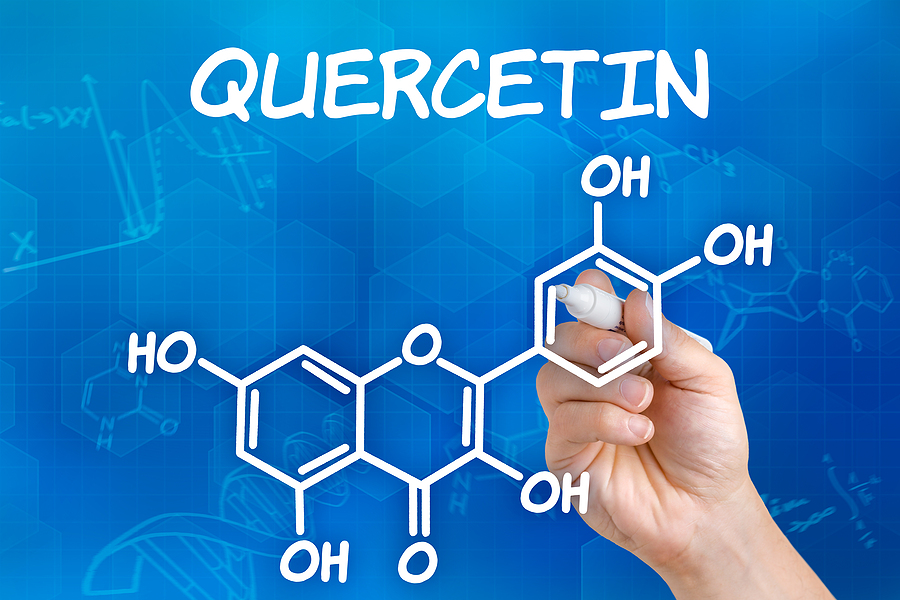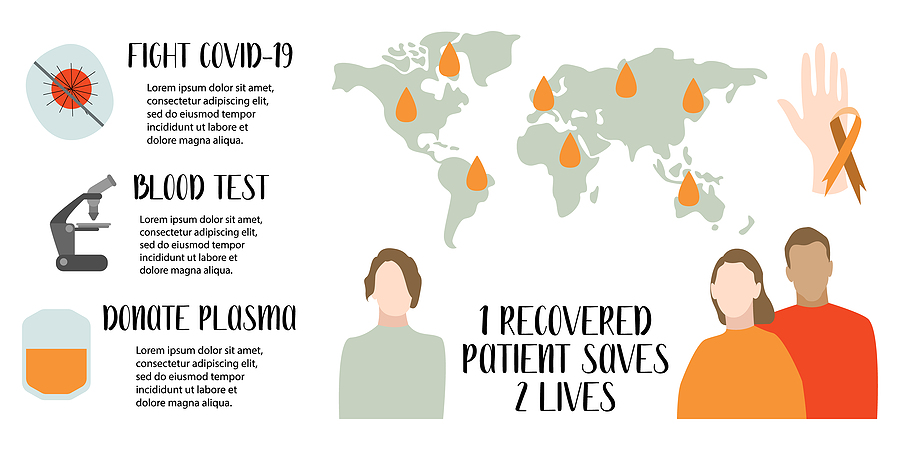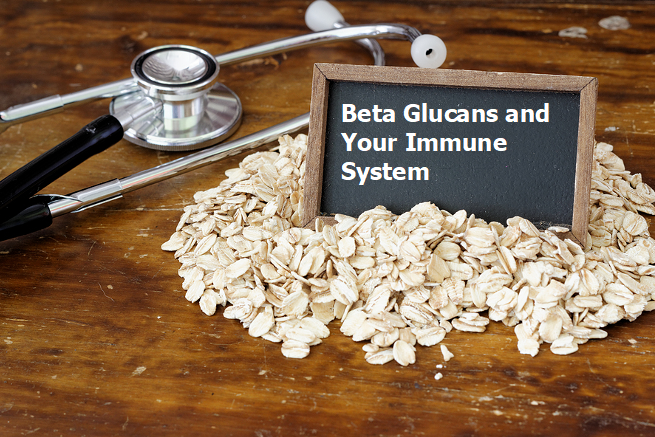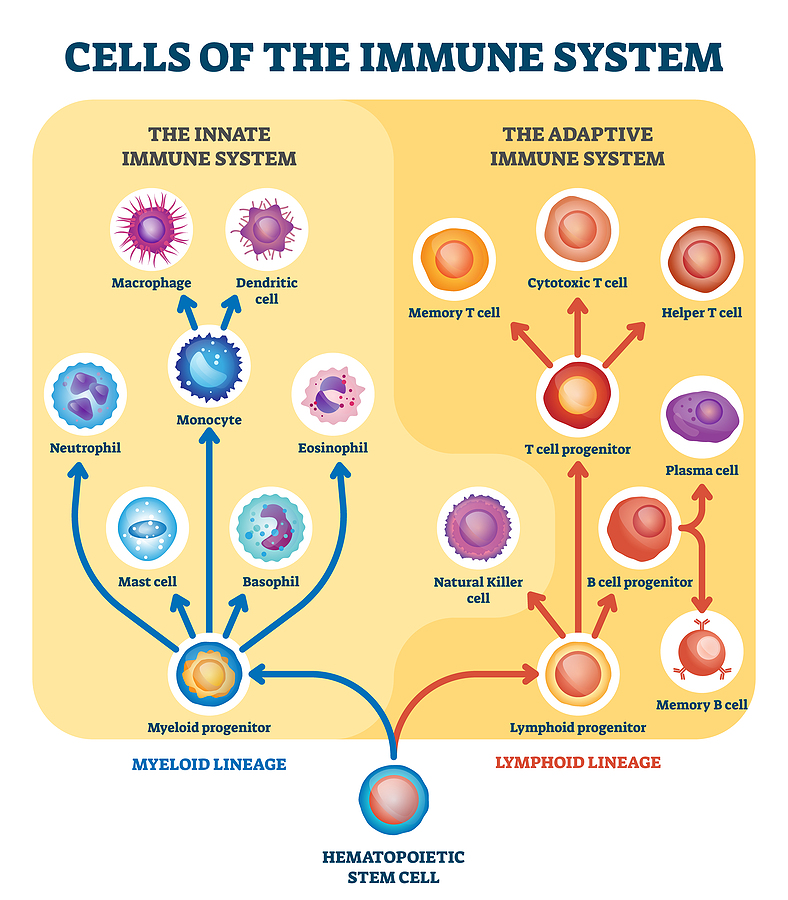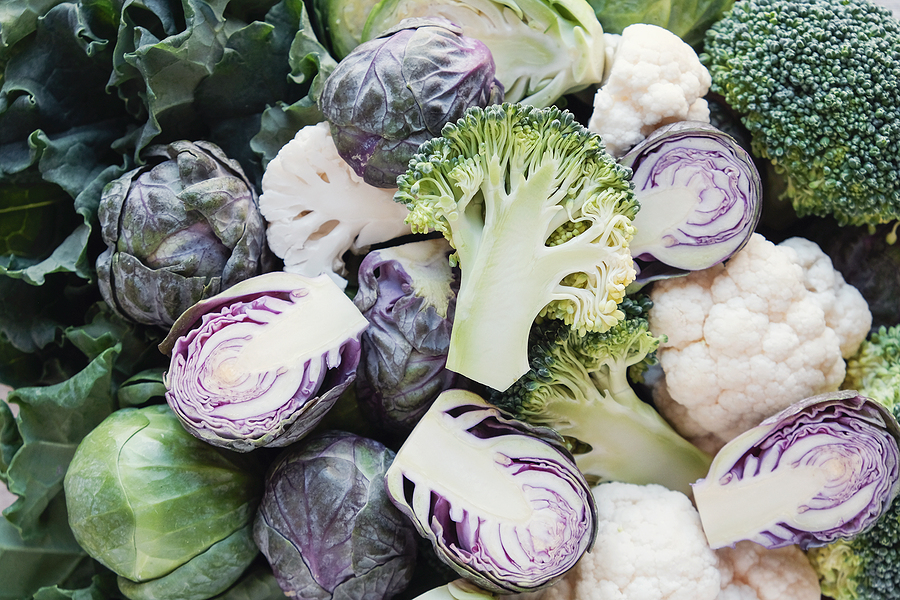I titled this post zinc benefits your immune system because this trace mineral is absolutely essential to a healthy immune system.
Currently our world is going through a major health scare due to COVID-19.
Now it’s important to note a couple of items before we get back to how zinc benefits your immune system.
Item #1 – Coronaviruses are a large family of viruses that include the common cold. Some of these viruses are extremely deadly like the MERS and SARS virus. At least initially, because people have not built up an immunity to them.
This is why COVID-19 has had such an effect on the health of people. It’s a new strain that the human body is not used to, and doesn’t have an immunity to. Which leads to the next item.
Item #2 – COVID-19 has been deadliest to older adults who have a compromised immune system. This is not to say that those with a good immune system will not get sick. But those who are younger, and have a more vibrant and active immune system, usually respond well to treatment.
So what does this have to do with how zinc benefits your immune system?
Well, as people age they suffer what is called “micronutrient malnutrition.”
Micronutrient malnutrition is when a person lacks essential vitamins and trace minerals. This situation is common in older adults because they tend to eat less. And they have less variety in their diet.
Add to this the fact that today’s food supply is sorely lacing in trace minerals, and you can understand why the immune systems of older adults are compromised.
A good example of this is a 2007 study of adults aged 55 to 87 who had lower plasma zinc levels when compared to younger adults. These older adults also had higher oxidative stress and inflammatory markers. This group of older adults were split so that half took a zinc supplement and the other half took a placebo.
After 12 months they were retested. The zinc group had a significantly lower rate of respiratory infections. And their markers for inflammation and oxidative stress were also lower.
More recently, a 2017 study in the American Journal of Clinical Nutrition demonstrated how zinc benefits your immune system. In this study they gave zinc-deficient nursing home residents either a zinc supplement or a placebo. After three months, the zinc group had an increase in their T cell numbers as well as an increase in their serum zinc.
(If you would prefer to view this information in a video format, then please click on my YouTube video below:)
